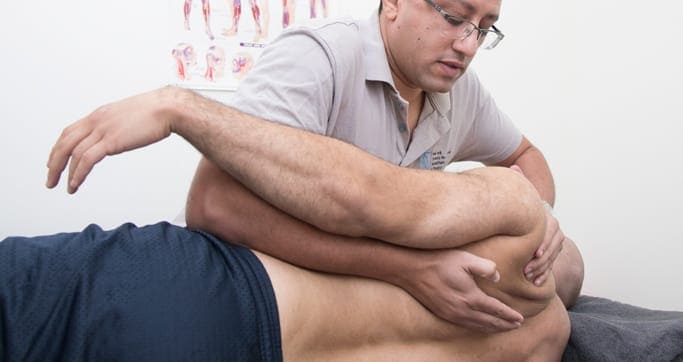New York Dynamic Neuromuscular Rehabilitation & Physical Therapy

An ankle injury on the soccer field can be a devastating setback for an athlete at the top of their game. Not only does the athlete suffer, but the entire team takes a hit, and even the coach stands to face career issues if a key player goes down in mid-season. Needless to say, there […]
Read More
Groin pain is a common complaint in athletes, especially in sports like hockey, soccer and football that involve pivoting, twisting and rapid directional changes. Chronic groin pain can interfere with performance, and can take an athlete out of the game for extended periods of time. In some cases it may become a career-ending injury. Treating […]
Read More
Runners’ feet take a pounding, and over time the plantar fascia and its associated structures may become damaged with microtears, bone spurs or stress fractures. Correct diagnosis and treatment are key to full performance recovery. In its early stages, plantar fasciopathy usually presents as heel pain. Careful assessment will distinguish plantar fasciopathy from other causes […]
Read More
Chronic low back pain (LBP) can range from a mild annoyance tor and keeps them home from work. However, low back pain is a symptom, not a disease, and it may have many causes. While some low back pain may have a detectable cause such as a herniated disc or stenosis, the most common […]
Read More
The shoulder is a complex joint, with multiple structures surrounding the joint and governing movement. Because of the complexity of the shoulder region, diagnosis of the source of shoulder pain is challenging. Here is what we know:
Read More
Muscle pain is a highly common affliction, especially if you are physically active. In fact, muscle pain may become such an integral part of your active lifestyle that you simply ignore it, brushing it off as a natural consequence of staying in shape. However, chronic and debilitating muscle pain is not normal, nor should it […]
Read More